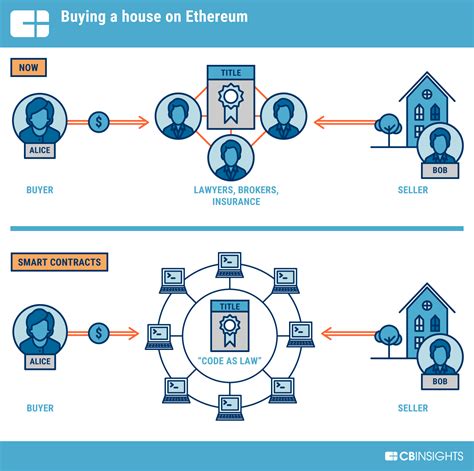** Ethereum Evolution: BIP8 and BIP9 Understanding understanding
While Ethereum’s development continues to move forward, the community has discussed the most appropriate activation approach for its next important update: Taproot. While several proposals have emerged, including BIP8 and BIP9, two different forks that share a common ancestor, it is essential to understand their differences and their similarities.
BIP8: A proposal for a proposal for an improvement Bitcoin 8
BIP8 is a proposal for the Ethereum Foundation (EF) which aims to introduce a new activation approach for the Tapot root. The name “BIP” is for the proposal to improve Bitcoin, which reflects its connection with the Bitcoin network. BIP8 is based on the concept of flexible forks, which allow the network to pass between different versions without causing significant disturbance.
BIP9 Key of differences:
* Activation approach

: Unlike BIP9, which uses a hard fork (that is to say a complete fusion with the Bitcoin blockchain), BIP8 offers a soft fork. This means that Ethereum will not replace its current protocol, but it will rather update it to take care of the tapot.
* Activation of tapot : The main difference between BIP8 and BIP9 lies in the way they plan to activate the Tapoot root. BIP8 suggests the use of a pre-revoiant algorithm, while BIP9 offers to be based on the activation mechanisms of the Bitcoin network.
BIP9: A proposal for an improvement proposal Bitcoin 9
BIP9 is another proposal presented by the Ethereum Foundation as an alternative to BIP8. This fork was created to cope with some of the concerns raised by users and developers on the approach of the flexible fork offered in BIP8.
BIP8 Key Mixtures:
* Activation approach : As mentioned above, BIP9 offers a hard fork (that is to say a complete fusion with the Bitcoin blockchain), while BIP8 suggests using a soft fork.
* Tupot activation : As BIP8, BIP9 also aims to activate the Tapot root via a prerequisite algorithm.
similarities between bip8 and beep9
Although the two proposals aim to introduce new activation approaches for the Tapot root, there are certain similarities. The two offer:
- Use of a combination of cryptographic techniques (for example, generation of the Merkle root) to protect the transition.
- Use of intelligent contractual programming languages such as solidity to define the tapot activation rules.
Conclusion
Although we were continuing the development of Ethereum and its future updates, it is essential to understand the differences between BIP8 and BIP9. Although the two proposals share a common objective, their activation approaches and the underlying principles are distinct. Understanding these nuances will help developers, users and parts interested in making informed decisions on the best approach for each fork.
Final reflections
The debate surrounding the activation approaches to tapot is underway, with various factions for support. Although the Ethereum community continues to evolve, it is essential to consider the implications of the various proposals on the global ecosystem. By losing light on BIP8 and BIP9, we can get a more in -depth understanding of these complex concepts and their potential impact on the future of Ethereum.
